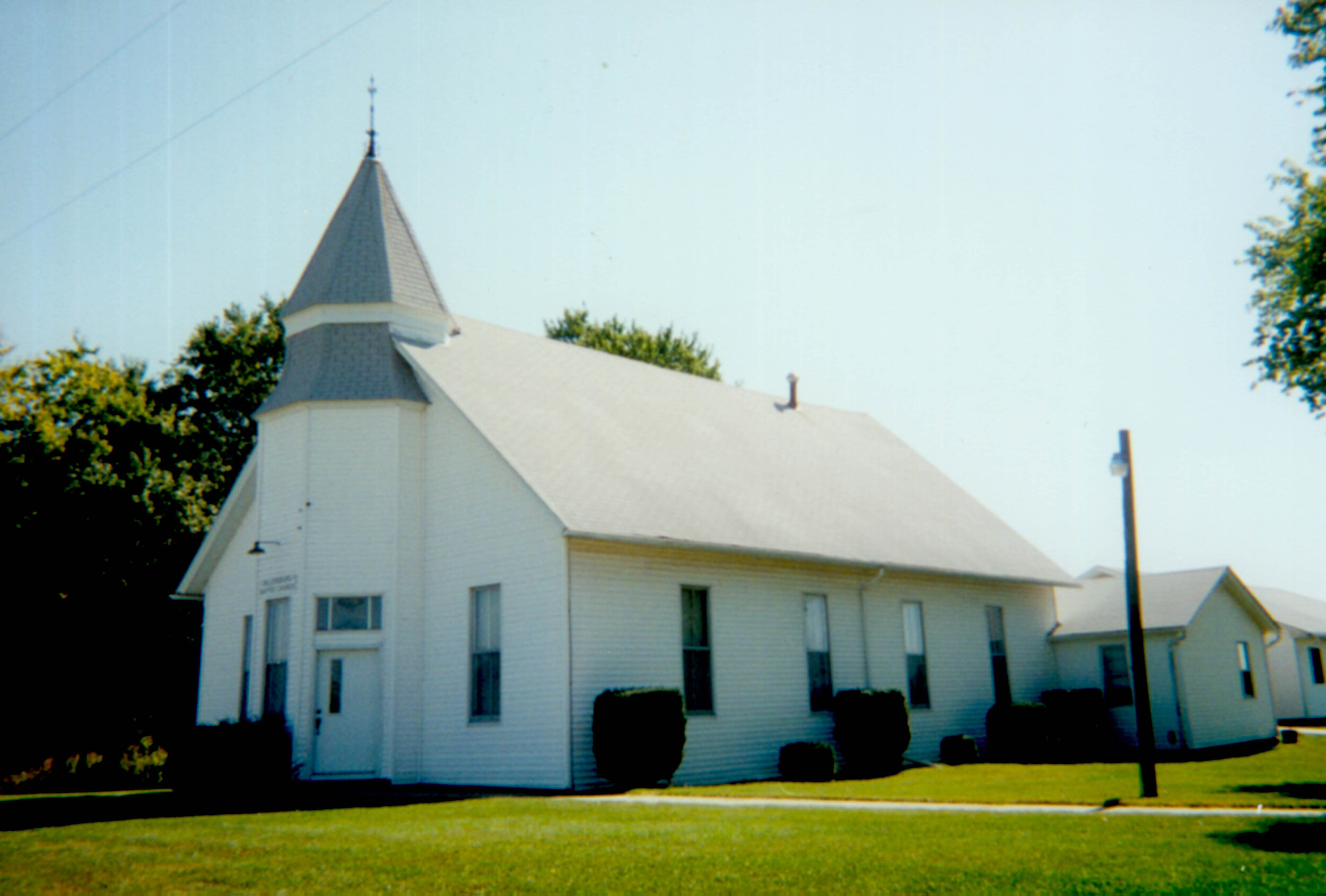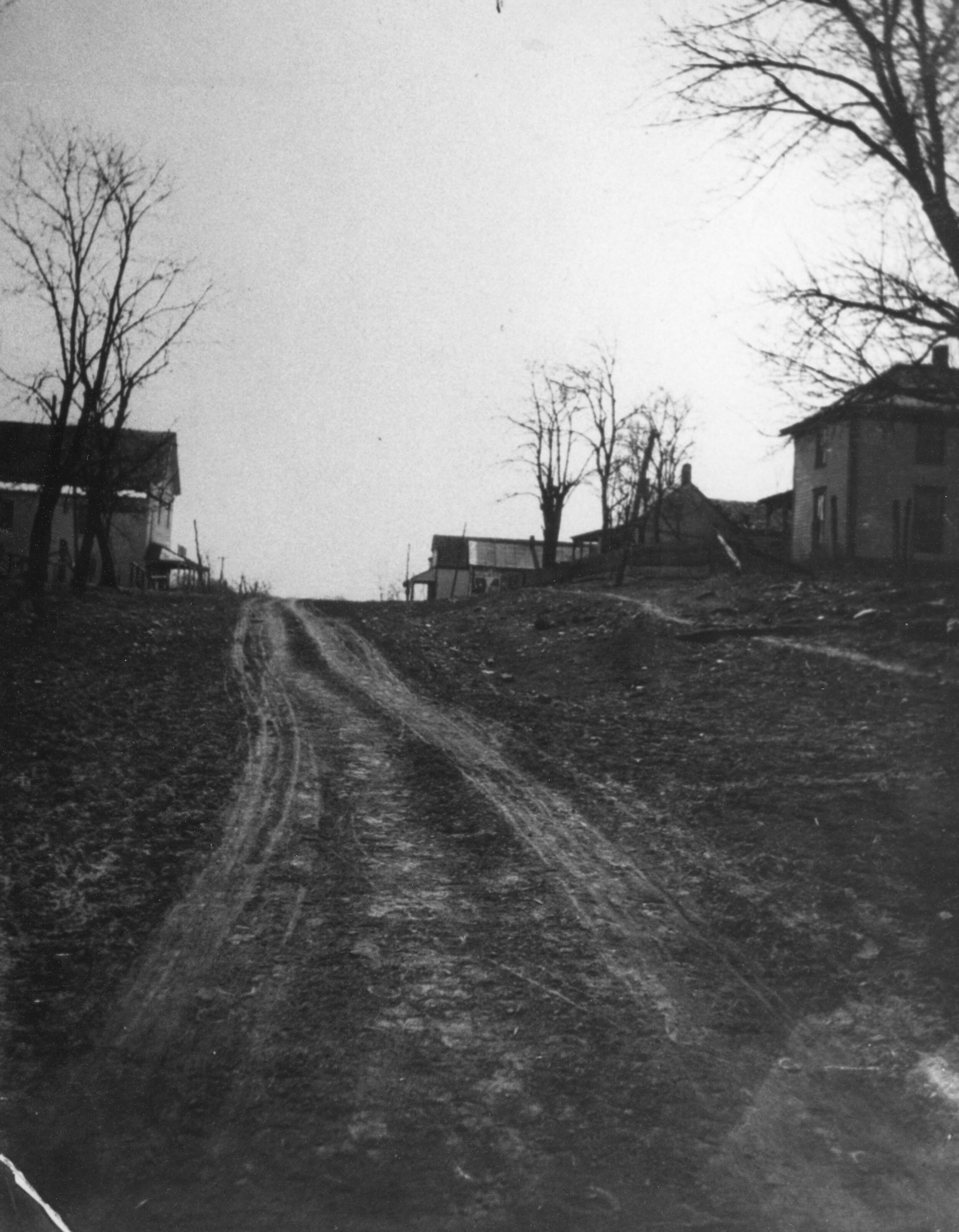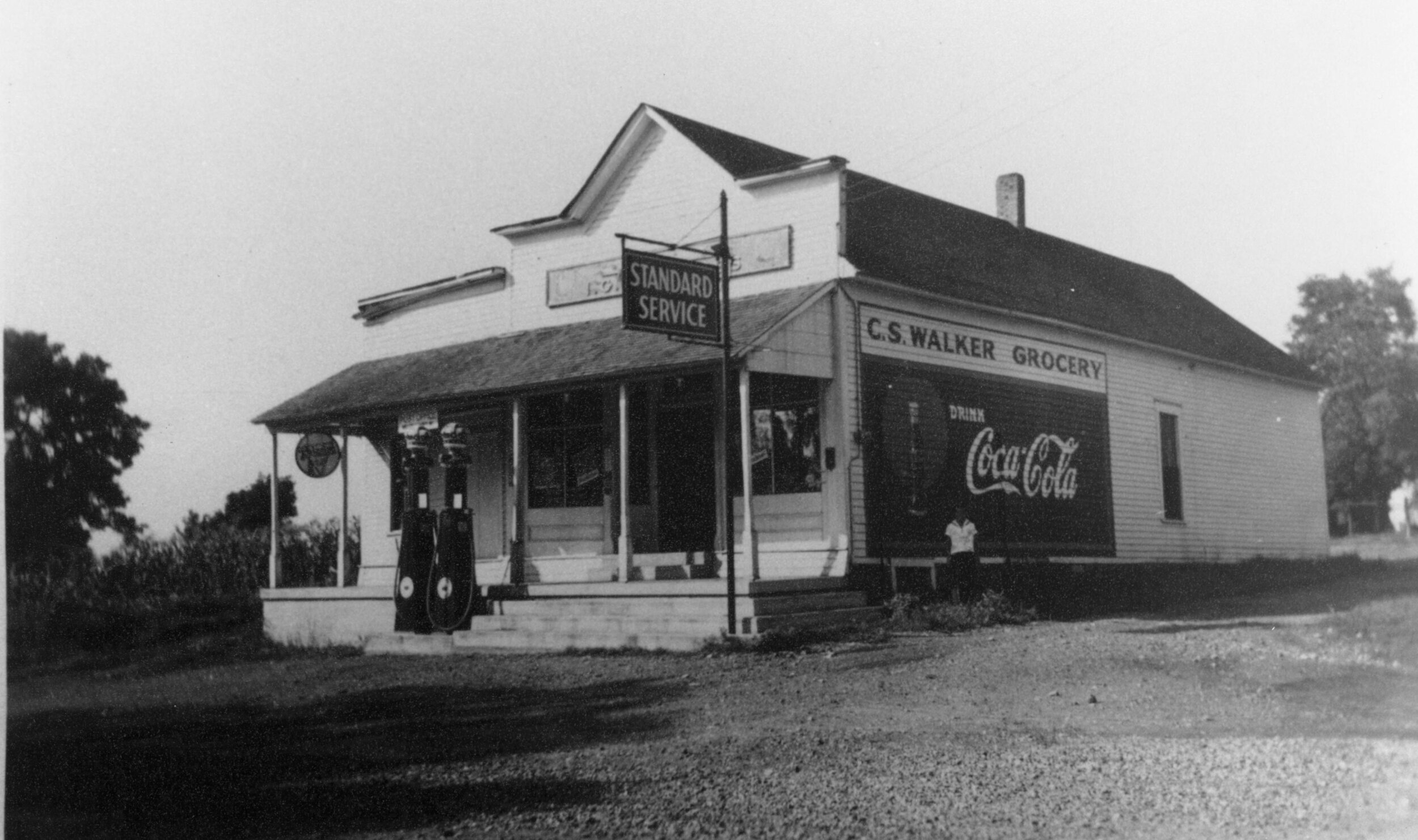Millersburg is one of the oldest communities on the western border of Callaway County located on the “old Fulton to Columbia Road.” As a community with easy access to Fulton as well as Columbia employment opportunities and commerce, it is an attractive location for housing development as well as commercial expansion.
Location
Situated in western Callaway County, Millersburg is 12 miles west of Fulton at the intersection of State Highways F, J and WW. The USGS coordinates are Latitude 38°90’78”N Longitude 92°12’54”W. The Atlas shows it in Twn 48N, Rng R11W.
Settlement
Millersburg was laid out in October 1829 by Thomas Miller. Its first official name was Millersburgh. The “h” was dropped in 1887. The community had a post office by 1832. It is primarily a rural farming area that was served by a stagecoach and freight line. The community’s largest export was livestock; hogs, sheep, cattle, and mules. Early businesses in the community included two general stores, a blacksmith, a sawmill, a grist mill, and a cooper’s shop. A small factory that corded wool, two dressmakers, a mortuary with a hearse and a fine team as well as two physicians indicate a thriving and successful community.
Economy
The early road through Millersburg was fairly well-traveled as a main artery from Fulton to Columbia as well as access north of the community to a major road between St. Louis – Kansas City. In 1911, money was appropriated by the county to gravel this road through the village. By the end of the 1910-1920 decade, the automobile opened up more travel cross country, and in 1919 a state initiative to improve state roads resulted in Highway 2 to Columbia being graveled. Millersburg found traffic traveled through, but no longer stopped there. By 1927 the completion of Highway 40 north of the community, then later Interstate 70, resulted in much of the traffic bypassing the Millersburg community.
At one time, locals would find supplies needed from staples like flour, sugar, and canned goods to seed, feed, and shovels at the two general stores. As traffic passed by, commerce did not support two stores. By 1929, the store on the east side closed, however, the general store on the west side continued as a gathering place and community icon until 1984 when the building burned. Over the years, several newer versions of a general store served the area; The Millersburg Country Store, J & L Store, and Crickets Feed and Farm were at one time serving the community. In 1999, The Short Stop opened as a convenience store bridging the quick stop needs of the community as well as becoming a local gathering spot for locals and those passing through.
Taking advantage of the growing traffic through the area, other successful businesses sprang up in the area including a winery, car wash, children’s day car, two automobile repair shops, and a veterinarian. In 2019, Dollar General opened a local store a short distance west of Millersburg on Highway WW. Also in 2019, Russ Jones built Jones Farm-Home-auto at the intersection of Highway J and WW.
The Missouri Conservation Department built a recreation lake by damming up Owl Creek, known for flooding in heavy rains. Little Dixie Lake was completed in 1957. The lake has been an asset to the area bringing visitors and recreation for fishers, picnickers, and hikers.
The community was progressive and active. The Lion’s Club was formed and constructed a building near Little Dixie Lake which continues to be a gathering spot for the community and an active voice in the community. When Fulton discontinued fire protection to the county, with the support of the Lions Club, a fire district was formed in 1980. Land was found, a building erected, trucks and equipment were obtained. A crew of volunteer firefighters continues to train and serve the area.
Education
Millersburg has had three school buildings. The first school of which we have any knowledge was a traditional one-room school, which was formerly a saloon located on the Green. About 1916, a new building was erected on the same site. This building burned in 1955, and several surrounding one-room-school districts responded by joining together to build a school. It was a brick building with two levels that was located off Highway J. The first classes were held there in 1957. The Fulton School District closed the building in 1981 as all children were bussed to Fulton school buildings. Prior to its closing, the school building served as a community gathering place for holiday events and community socials.
Religion
Millersburg has had two active churches within the town, the Baptist Church to the west and the Christian Church to the east. Millersburg Baptist Church was organized in 1840. A building was constructed in 1892 which is part of the expanded building still in use on the west side of Millersburg. Adjoining the Baptist church property is the Millersburg community cemetery.
The Millersburg Christian Church was organized sometime from 1817 to 1829, holding Sunday school and church services in the home of Samuel Miller. With a growing membership, a building was constructed in 1858 on the east side of the community on the current site of the church. Several expansions and renovations over the years brought more seating, a fellowship hall, and a kitchen. In 1977, a new building was constructed on the original site, which included a sanctuary, classrooms, a fellowship hall, and a kitchen. The church continues to be active in the community and provides space for the Millersburg Preschool.
Today
As an early settlement, Millersburg was a thriving and growing community. As improved roads and better transportation expanded opportunities for employment, shopping, and training further from home, the community settled into a residential community with local pride and spirit. By 1953, the post office was closed, and Fulton rural carriers delivered mail. Starting in the 1980s, expanding employment opportunities in both Callaway and Boone counties created more commuter traffic through town. Housing demand expanded, and benefiting from its location, Millersburg saw growth of new housing developments and residential building as well as commercial development. Expectations indicate continued growth for this thriving and active community.
Compiled January 2021
For more information and resources contact the Research Center.
Millersburg, Missouri
IMAGES OF Millersburg, MISSOURI
Credits
Elizabeth Wise, Bill Hamilton, Marilyn Whitehead
Resources
A History of Callaway County, Missouri 1984, published by the Kingdom of Callaway Historical Society
News in a Nut Shell, published by Barb Seip, Millersburg resident
Conversation with local residents




